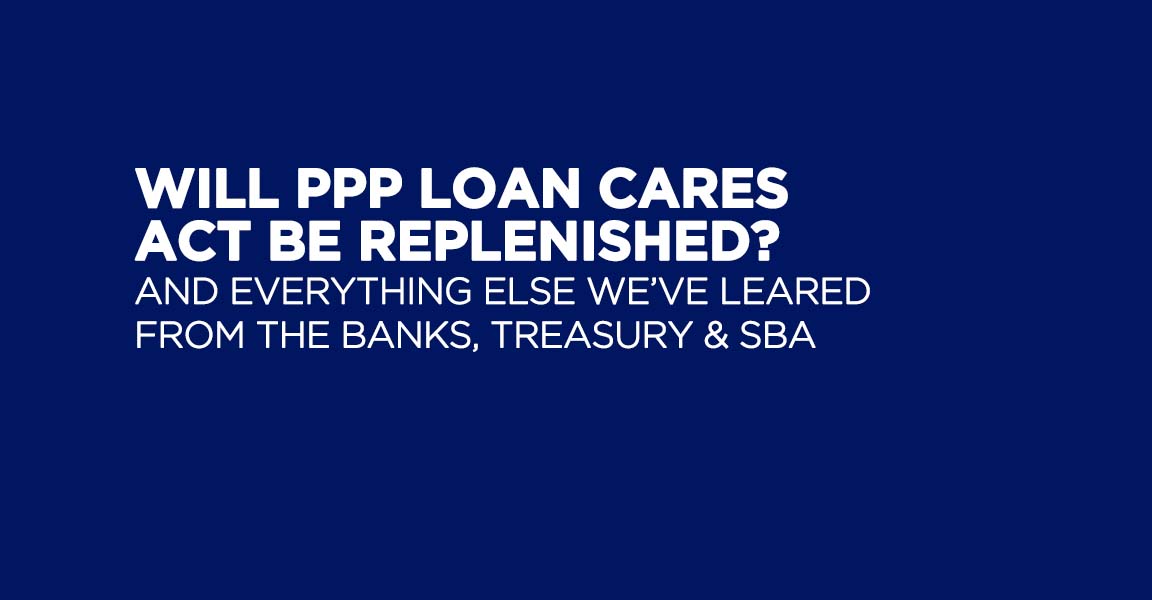
Will Nonprofit PPP Loans Replenish This Week? – April 20, 2020
April 20, 2020
Combating Nonprofit Burnout with Mindfulness
April 22, 2020Nonprofit Transformation During COVID-19 – Hall Powell

Nonprofit Transformation During COVID-19 is Hall Powell’s challenge to charitable executives to take a deep and inside look in organizational function during our time of national crisis. Here’s what Hall has to say:
“It is the best of times and it is the worst of times, it was the age of wisdom, it was the age of foolishness, it was the epoch of belief, it was the epoch of incredulity, it was the season of light, it was the season of darkness, it was the spring of hope, it was the winter of despair.” ~ Charles Dickens, A Tale of Two Cities
This opening sentence of Dickens’ classic book about London and Paris before and during the French Revolution could have been a prophesy of what would happen 431 years later, the Covid-19 Pandemic. The book is a story of sacrifice and redemption.
There have been many great articles recently published that offer suggestions as to how to survive as a nonprofit organization in “times like these.” Many of them primarily address fundraising concerns and some to overall management angst as it relates to just plain survival. I will offer comments about both subjects.
Nonprofit Transformation During COVID-19
How can we transform the “worst of times” into the “best of times” as it affects managing our organizations? Perhaps, during these days of waiting to return to a more normal day-to-day operation we can evaluate, or better yet, “re-imagine” how to convert our sacrifices into victories. Consider the following:
Why Does Your Organization Exist?
Times life these define the importance of the nonprofit sector, and (should) showcase the value of each organization, small and large. Without the myriad of organizations that serve the needs, and provide services for individuals, families, communities and the world at large, the situation locally and nationally would be much worse.
Perhaps now is the time to evaluate the effectiveness and value of your organization. If it goes under during a time like this, ceases to exist, who will be impacted? Who will miss it? What would be the impact if you close the doors? If you can’t make a compelling reason for continuing to do what you do…then maybe you need to consider a merger with another similar organization; that by combining, both organizations become stronger (as one) and more impactful and efficient in serving those you serve or could serve. I do think “the times we are in” will greatly impact the nonprofit sector in various ways, and can (and should) result in stronger and more impactful organizations that are able to survive and become more effective. I also believe there will be a culling of organizations that cannot justify their continued existence even though their origins were well-intended and for a time helpful.
Review and Assess Your Volunteer Leaders
In times like these how are your volunteers (Board members and others) functioning, helping, being involved to make sure you are a viable, strong, critically important organization that fulfills the purpose of the organization as it meets the need of hurting people and the quality of life in the community your serve?
If your Board members do not have the skills, experience, and ability to help ensure your impact and survival, then maybe you need to rethink how you recruit and involve them. No longer can you afford to recruit “Letterhead” Board Members who are recruited for their “names” that look good on the letterhead and fundraising pieces. Board members should serve as “consultants” and advisors to the executive and staff, each one with a successful record of expertise in their own profession or life’s experiences. The fields of Law, Accounting, Human Resources, Philanthropy, Investment, Management and other skills as appropriate to your particular organization and its purpose/mission should be represented among your volunteer leaders.
If your current Board members are not actively and effectively involved in helping you to survive and continue to fulfill the purpose of the organization, it is a good time to “come out of the ashes and rise” to a new and more effective partnership with volunteers who can truly help,. (See Re-Imagining Philanthropy by Jimmy LaRose).
Financial Resources
I don’t know who will be reading this article. You might be the chief executive officer, someone responsible for fundraising or a program director; I hope there will be some accountants or bookkeepers, grant writers, donor management staff, and hopefully, some Board members. But regardless of your responsibilities or interests I hope the following thoughts will be helpful.
For some reason (actually, I know many given reasons) many people in the nonprofit world are uncomfortable in discussing the need for funding. There are many individual exceptions, and certainly some nonprofits major in fundraising unabashedly, especially some of the larger, national nonprofit organizations, and they do it well. But for most, in my thirty-seven years of professional fundraising I have to believe that for many nonprofits fundraising is a necessary inconvenience, an “uncomfortable activity at best, and are always trying to find the “easy way out, ” I don’t know were you are in your perception of fundraising, but allow me to make some suggestions and observations “during these times” when we can all be assessing and planning for the release of confinement and social-distancing.
First, determine how important is money for the fulfillment of the purpose of your organization. I mean “important” from the point of view that, if you are not totally funded by grants or government funding to where it is more of a management challenge to budget and spend money rather than having to raise money to fund the operations of the organization. If you are in the latter category of raising money is not a luxury, then money becomes a top priority for the organization’s efforts to secure it. Therefore, how can you do it better? I suggest a “reality check” as a productive exercise.
- The role of fundraising. If fundraising is truly a priority for your organization make sure that you have all you need for success: (1) A qualified fundraising executive with the status and support of management and the Board, and that (2) that person or persons are paid an appropriate amount of pay that is commensurate with their efforts and results. (3) Make sure the fundraising person(s) has support staff
- Do you have a Compelling Case for Support? Without it you are dead in the water. If you cannot demonstrate why there is not a “unique” critical need for funding,,,well, why should anyone give? A compelling Case for Support backed by a sound plan will always attract meaningful funding if donors are asked in the right way.
- Do what you should have been doing: In these times stay in touch with your donors. Develop good relationships with them, one-on-one as best you can. Make phone calls (they should be home) to your major donors and just have a friendly conversation without making an “ask.” Get to know them. See how they are doing during “these times.” Ask for their feedback about how they perceive your organization. Explain to them the challenges you are dealing with and how you continue to fulfill you mission as best you can.
- If you are relying on grants, especially government grants, beware. Government funding can change at anytime and I predict it will become less available in the future. Review how you are conducting special events for fundraising. Most are not cost effective, meaning that for all the efforts, time and money spent in producing them they do not produce a justifiable return on investment. I do think that carefully planned “Signature Events” can be the exception within the event itself and lead to the large individual gifts during the event and afterwards. The ‘real money is in major gifts fundraising.
At the close of A Tale of Two Cities, Carton, a heroic character who sacrificed himself for a worthy cause said this: “it is a far, far better thing that I do, than I have ever done; it is a far, far better rest that I go to than I have ever known.”
I pray that we, unlike Carton, don’t suffer the blade of the guillotine but go on and turn our sacrifices of coping with the pandemic and experience the redemption of coming out from under stronger, wiser, and more effective in serving the people and communities we are called to serve. “The best of times” are still ahead.
Nonprofit Transformation During COVID-19 was first posted at NANOE NEWS
For more articles like Nonprofit Transformation During COVID-19 VISIT HERE
Nonprofit Transformation During COVID-19 was written by Hall Powell, Senior Vice-President of Development Systems International.
The post Nonprofit Transformation During COVID-19 – Hall Powell appeared first on 501c3.buzz.
